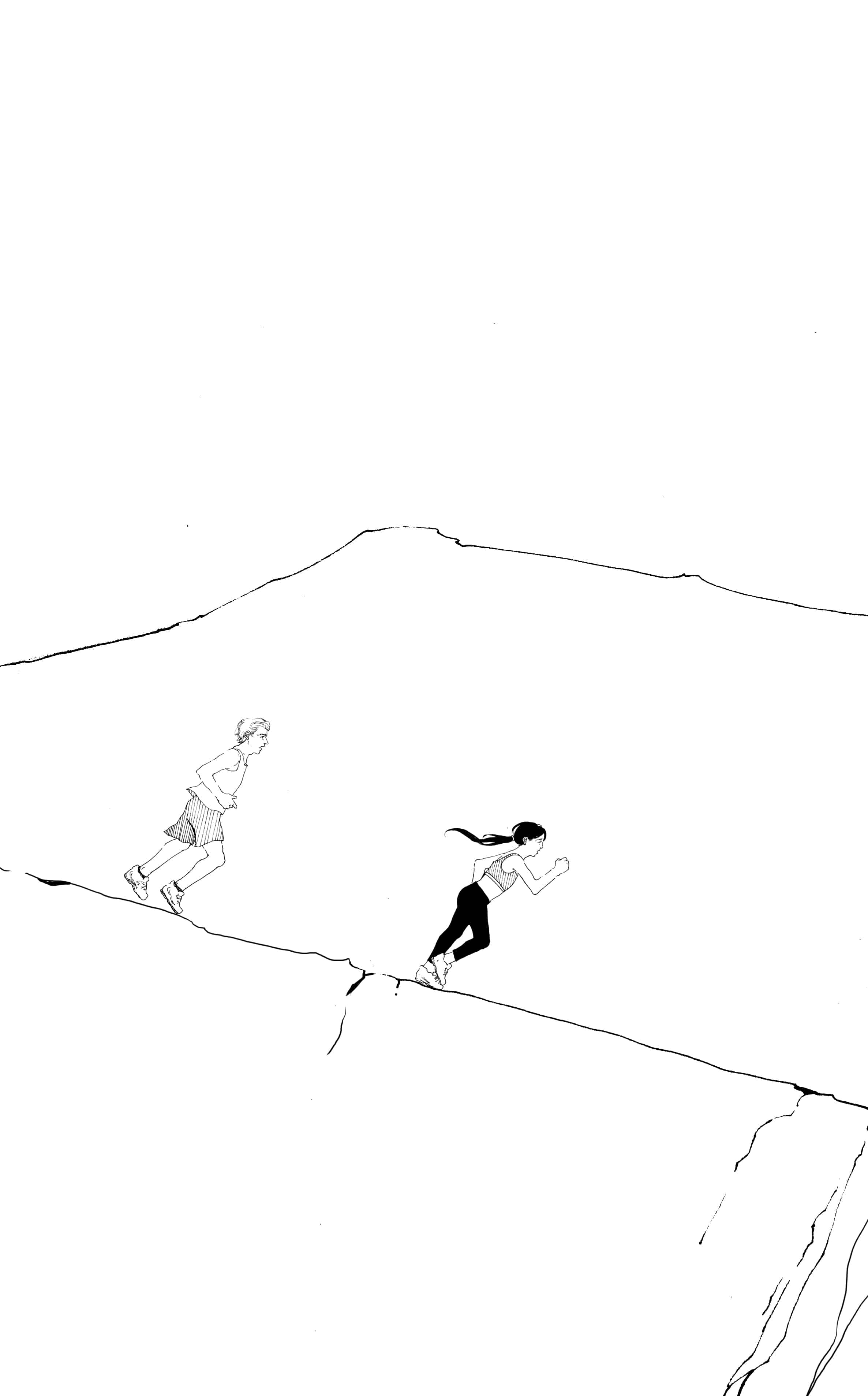Athletics Canada is funded for
performance, not participation
“We’re funded for performance, we’re not funded for participation.” These were the words of Peter Eriksson, Chief Technical Officer and Head Coach of Athletics Canada. Eriksson’s remarks were in response to marathoner Krista Duchene, who complained that the qualification times set to make the World Championships were too harsh.
A very public war of words followed, prompting discussions within the running community about the health of Canadian distance running. Usually in running and athletics, as our knowledge of physiology, training regimens, and technology improves, so do the times of athletes. This general trend is demonstrated by the times of the Canadian men’s 5,000m; 22 of the top 50 all time bests have been run since the year 2000, including seven of the top 10 and 14 of the top 20. There is a clear, gradual trend towards Canadians getting faster as our understanding of training and the human body increases. However, this does not hold true for the marathon.
Not only is Jerome Drayton’s 1975 time of 2:10:09 still standing 41 years on as the fastest Canadian marathon time, but a clear majority of the fastest ever Canadians ran prior to 1997.
Dave Scott-Thomas works with seven Rio Olympians in his role as head coach of both the Speed River Track and Field Club and the Guelph Gryphons Track and Field team. He has worked for over a decade with Reid Coolsaet and Eric Gillis — Canada’s current fastest marathon runners.
Scott-Thomas believes this slowing in pace came from a North American change in philosophy. “In the 70s, the running boom at its roots was competitive and about getting out there and putting miles down. It lent itself to strengthening [the body’s aerobic power],” he explained.
In the 1970s and 1980s, Arthur Lydiard coached numerous Olympic Champions from 800m and up. He had his long distance athletes running a minimum of 160 kilometres per week.
In 1998, when Scott-Thomas began coaching at Guelph, 100 kilometres per week was considered heavy mileage for a top athlete by much of the continent. However, when Lydiard’s Kiwi, Finnish, and Japanese runners ran long, they flourished. The fastest Briton, Steve Jones, ran long. The Kenyan and Ethiopian runners, who redefined the running scene in the 1990s and still dominate today, ran very long.
Running long has now been widely accepted again as an integral part of building up your body’s aerobic power — an aspect of athleticism that is key in events from the 800m through to the marathon. So, if the science is now clear and we have an understanding of what it takes to be world class in long distances, how come Canada hasn’t struck gold, silver, or bronze for that matter?
Actually, the last time Canada won a middle or long distance Olympic medal was when Angela Chalmers secured bronze in the 1992 Barcelona games in the 3,000m — an event that no longer exists.
Canadian athletes and coaches face some fundamental obstacles. Terry Radchenko is one of the University of Toronto’s middle distance coaches, most recently having great success working with U of T student and 1,500m Rio Olympian Gabriela Stafford. For him, there is one simple problem: he feels that the cold Canadian winters negatively impact the overall mileage runners can cover, as “it would be great to run outside all the time on a 400m track, not [inside] on a 200m track.”
Beyond the meteorological limitations, a topic that came up repeatedly was the broader issue of support. Andrea Seccafien, running out of the University of Toronto Track Club (UTTC), believes, “We need to support athletes who are at the World Championship and Olympic level who have not made the final but show potential to be competitive at those events in the future.”
Both UTTC middle-long distance runners, Stafford and Seccafien are Canadian Champions in their respective distances — 1,500m and 5,000m — but neither managed to make the finals in Rio de Janeiro.
Eric Gillis, who ran Canada’s best Olympic marathon finish in four decades, echoed Seccafien’s suggestion of greater support: “Any additional financial support is always a positive.”
Running enough miles every week to be a top international distance runner is extremely time consuming, and for Gillis it comes on top of being a father and husband. “Yeah,” Gillis laughed, “I have a lot to thank my wife for that.”
Gillis’ coach, Dave Scott-Thomas, lamented not being able to provide more coaches, physiotherapists, and doctors for his athletes at either Guelph or the Speed River: “In our environment we have lots of athletes who might not have the support staff they would need to have to hit their potential.”
The solution seems simple: more accessible funding and support for internationally competitive athletes, and the problem is solved.
Unfortunately, this is not the case. Recall Peter Eriksson’s comments on performance not participation; he refers to the funding squeeze reality that is the Own The Podium (OTP) program. In its own words, OTP is “podium driven… without compromise… [and takes] calculated risks.” It funds those who are within reach of medalling and that trumps all else.
It has been 24 years since the last middle or long distance medal was won by a Canadian, so even though Athletics Canada administers funding to athletes, this money is heavily biased in its destination to medal-hopeful athletes — Andre de Grasse, Derek Drouin, Melissa Bishop, and the like.
The results-first approach of OTP has therefore trapped Canadian distance running in a vicious cycle. It needs greater support and funding to help athletes excel further, but it will not receive greater support and funding unless athletes excel. However, continued development of programs like those at Guelph and U of T give great hope to the sport, as the two track programs combined sent 11 Olympians to the games in Rio. If you’re in Toronto or Guelph and want to see world class athletes, you need to only walk down to the university track.


